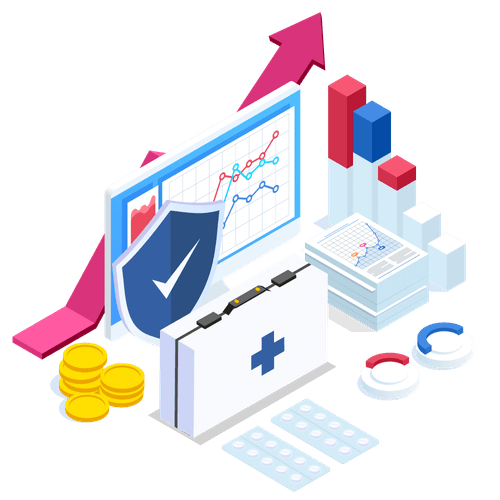Health Economics and Outcomes Research (HEOR) is a growing field of interdisciplinary research that provides key information for policymakers and payers to determine access to care services and treatments. Health Economics examines the population unmet needs, economic value of interventions, and efficiency of resource use in the current society, whilst Outcomes Research represents a wide range of observational studies and patient surveys following an intervention. In the era of resource scarcity, HEOR studies complement clinical development data to help decision makers balance both costs and benefits and choose the best available interventions.


HTA involves multiple disciplinaries’ effort to determine the value of a health technology with the goal of informing decision-making in a high-quality healthcare system. It composes of systematic evaluation of properties, effects, or other impacts of healthcare technology with explicit analytical frameworks and a variety of methods, with an interdisciplinary approach.




While the two fields share many similarities and common purposes in health policymaking, they are slightly different in terms of definition:
Researchers and pharmaceutical companies often apply the principles and methods in HEOR to generate evidence to support decision makers in the HTA process within authorities. In this context, the two terms are often used interchangeably. However, HEOR can also be applied to understand prescribing behaviors and treatment outcomes in reality, which helps to improve clinical care.


Several types of study are commonly seen in the field of HEOR:


We live in a changing world of ever-expanding choices of healthcare products and services that meet the increasing health needs of the population. Given the scarcity of financial and human resources but an inelastic demand for effective treatments, there is a need to call for balance between cost and benefit – in other words – to decide whether the costs of new technologies can be justified by their incremental benefits to the population.
A formal HTA process that evaluates both the clinical and economic values of interventions, possibly with the help of HEOR methods, serves to guide evidence-based plans to prioritise resources and make formulary listing decisions, which ultimately maximise health equity. Here are some collective benefits of using HTA and HEOR:




Clinical trial is a type of experimental study that actively and prospectively assigns human subjects into groups of interventions, which may include placebo, and assess the health effects of the tested interventions. Alternatively, RWE are observational studies using epidemiological methods generated from real-world data (RWD) or healthcare big data, which sources include electronic medical records, insurance claims, online and mobile data, surveys, registries and other routinely collected and maintained databases.
Over the years, randomised controlled trials have been considered as the gold standard in the evidence pyramid. However, they are typically expensive to conduct with stringent eligibility criteria when selecting participants. RWE has been a useful resource to work hand-in-hand with trial evidence, especially in post-marketing studies and rare disease areas. It also provides complementary evidence about patients excluded in a trial setting and drug use in the real-world and long-term setting. In recent years, regulatory authorities have also started to set up guidance about the use of RWE in HTA submissions.








Horizon scanning is an umbrella term that refers to the active and systematic identification and quantification of novel innovations, trends and factors that impact and bring about paradigm shifts in today’s medical treatment modalities on an ongoing basis.
Horizon scanning provides a foresight of the potential health technologies in the pipeline of innovation in the near future. Using together with other forecasting tools for healthcare burden, policymakers can easily identify unmet needs in the population and then proactively assess new treatment options with HEOR and HTA initiatives specific to chosen medical conditions.


Check out our free HEOR101 mini lecture series! It provides fundamental yet comprehensive information about the key concepts, methods, and practical applications of HEOR and HTA for everyone who is interested.
Other useful resources:


